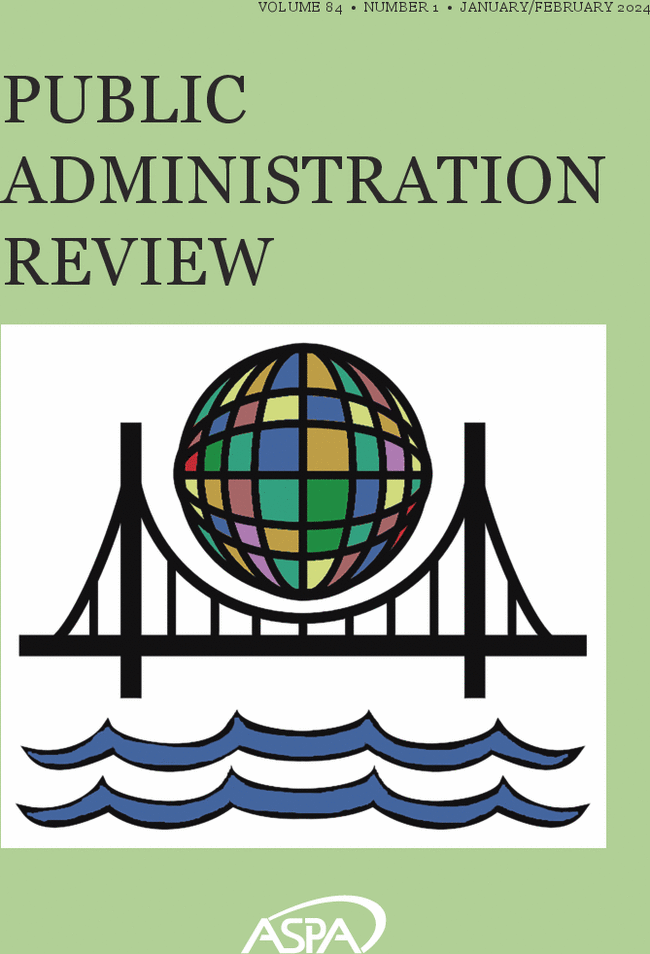Institutional Factors Driving Citizen Perceptions of AI in Government: Evidence from a Survey Experiment on Policing
IF 6.1
1区 管理学
Q1 PUBLIC ADMINISTRATION
引用次数: 1
Abstract
Abstract Law enforcement agencies are increasingly adopting AI‐powered tools. While prior work emphasizes the technological features driving public opinion, we investigate how public trust and support for AI in government vary with the institutional context. We administer a pre‐registered survey experiment to 4200 respondents about AI use cases in policing to measure responsiveness to three key institutional factors: bureaucratic proximity (i.e., local sheriff versus national FBI), algorithmic targets (i.e., public targets via predictive policing versus detecting officer misconduct through automated case review), and agency capacity (i.e., necessary resources and expertise). We find that the public clearly prefers local over national law enforcement use of AI, while reactions to different algorithmic targets are more limited and politicized. However, we find no responsiveness to agency capacity or lack thereof. The findings suggest the need for greater scholarly, practitioner, and public attention to organizational, not only technical, prerequisites for successful government implementation of AI. This article is protected by copyright. All rights reserved.推动公民对政府中人工智能认知的制度因素:来自警务调查实验的证据
执法机构越来越多地采用人工智能驱动的工具。虽然之前的工作强调了驱动公众舆论的技术特征,但我们研究了公众对政府中人工智能的信任和支持如何随着制度背景而变化。我们对4200名受访者进行了一项预先注册的调查实验,涉及警务中的人工智能用例,以衡量对三个关键制度因素的响应性:官僚邻近性(即当地警长与国家联邦调查局),算法目标(即通过预测性警务与通过自动案件审查发现官员不当行为的公共目标),以及机构能力(即必要的资源和专业知识)。我们发现,公众显然更喜欢地方执法部门使用人工智能,而对不同算法目标的反应则更加有限和政治化。然而,我们没有发现对机构能力的响应或缺乏响应。研究结果表明,需要更多的学术、从业者和公众关注组织,而不仅仅是技术,这是政府成功实施人工智能的先决条件。这篇文章受版权保护。版权所有。
本文章由计算机程序翻译,如有差异,请以英文原文为准。
求助全文
约1分钟内获得全文
求助全文
来源期刊

Public Administration Review
PUBLIC ADMINISTRATION-
CiteScore
15.10
自引率
10.80%
发文量
130
期刊介绍:
Public Administration Review (PAR), a bi-monthly professional journal, has held its position as the premier outlet for public administration research, theory, and practice for 75 years. Published for the American Society for Public Administration,TM/SM, it uniquely serves both academics and practitioners in the public sector. PAR features articles that identify and analyze current trends, offer a factual basis for decision-making, stimulate discussion, and present leading literature in an easily accessible format. Covering a diverse range of topics and featuring expert book reviews, PAR is both exciting to read and an indispensable resource in the field.
 求助内容:
求助内容: 应助结果提醒方式:
应助结果提醒方式:


